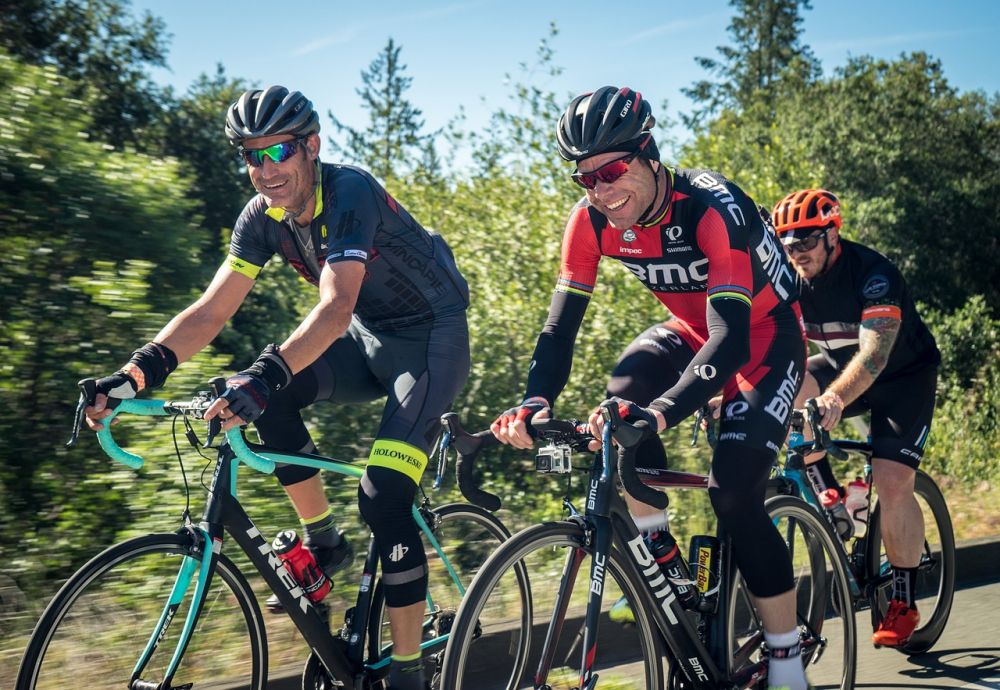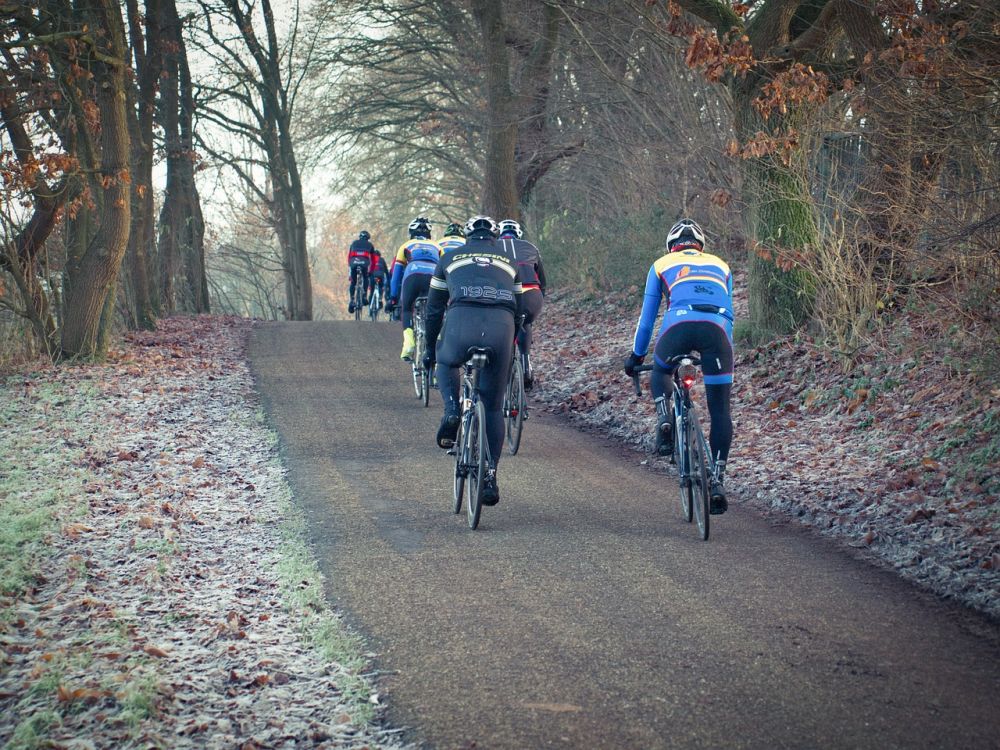Tour de France 4th Stage: A Historic Journey Through Cycling Excellence

Introduction:
The Tour de France is one of the most prestigious cycling events in the world, captivating sports and leisure enthusiasts alike. In this article, we focus on the fourth stage of Tour de France and delve into its significance for those interested in this captivating sport. From its inception to its evolution over time, we explore the rich history and unparalleled excitement surrounding the Tour de France 4th stage.
Tour de France 4th Stage: A Brief Overview:

The fourth stage of Tour de France holds immense importance, as it takes participants through challenging terrains and breathtaking landscapes. With a total distance of [INSERT DISTANCE] kilometers, this stage presents cyclists with a unique set of obstacles, pushing their physical and mental prowess to the limit. The stage typically involves [INSERT DETAILS OF THE ROUTE] and showcases the diverse beauty of the French countryside.
Historical Development of the Tour de France 4th Stage:
Since its inception in [INSERT YEAR], the Tour de France has witnessed remarkable growth and transformation. The fourth stage, in particular, has become a key element of the race, determining the strategies and outcomes of the overall race.
1. Early Stages of the Tour de France 4th Stage:
In the early years of the race, the fourth stage served as a transition between different regions, allowing cyclists to acclimate to changing terrain and weather conditions. The stage length varied considerably, with organizers attempting to strike a balance between endurance and competition.
2. Evolution in the 20th Century:
As the popularity of the Tour de France soared, the fourth stage gained significance. Organizers began experimenting with different routes and distances, seeking to test and challenge the abilities of the cyclists. This era witnessed the inclusion of mountain stages, accentuating the race’s reputation for showcasing the toughest climbs in professional cycling.
3. Modern Era: Advancements and Surprises:
In recent years, the Tour de France 4th stage has witnessed remarkable advancements in technology and strategy. Cycling teams employ cutting-edge equipment, nutrition plans, and systematic training to gain a competitive advantage. The stage often surprises participants and spectators alike, with unpredictable weather conditions and race dynamics adding an extra layer of excitement.
An Insightful Approach for Featured Snippet Success:
To increase the likelihood of appearing as a featured snippet on Google search, here’s a structured approach to presenting the content:
1. Tour de France 4th Stage: A Historic Journey Through Cycling Excellence
2. Introduction
3. Tour de France 4th Stage: A Brief Overview
– Bullet Point 1: Stage distance and description
– Bullet Point 2: Unique challenges and landscapes
4. Historical Development of the Tour de France 4th Stage
– Bullet Point 1: Early stages as transition routes
– Bullet Point 2: Evolution in the 20th century, including mountain stages
– Bullet Point 3: Modern era advancements and surprises
5. Featured Snippet Opportunity
6. Conclusion
Conclusion:
The Tour de France 4th Stage embodies the essence of professional cycling, combining physical endurance, mental fortitude, and strategic mastery. As spectators, we are treated to a thrilling display of athleticism and a deep appreciation for the beauty of France’s diverse landscapes. Whether you’re an ardent sports enthusiast or simply captivated by the allure of the Tour de France, the 4th stage promises an unforgettable experience for all.





